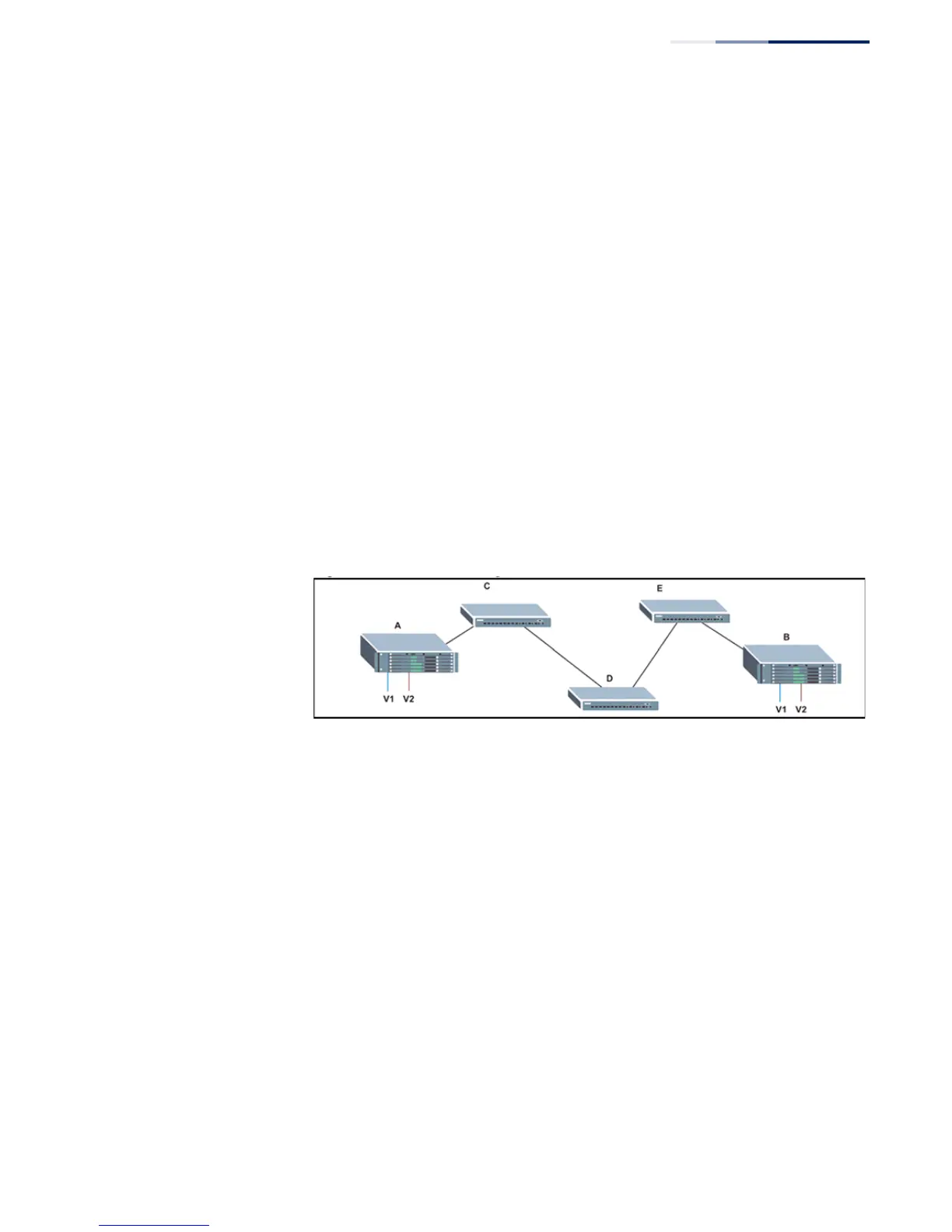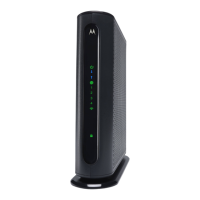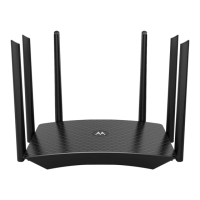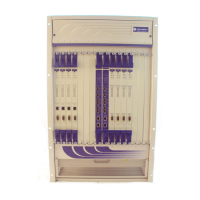Chapter 17
| VLAN Commands
Configuring VLAN Interfaces
– 407 –
vlan-trunking This command allows unknown VLAN groups to pass through the specified
interface. Use the no form to disable this feature.
Syntax
[no] vlan-trunking
Default Setting
Disabled
Command Mode
Interface Configuration (Ethernet, Port Channel)
Command Usage
◆ Use this command to configure a tunnel across one or more intermediate
switches which pass traffic for VLAN groups to which they do not belong.
The following figure shows VLANs 1 and 2 configured on switches A and B, with
VLAN trunking being used to pass traffic for these VLAN groups across switches
C, D and E.
Figure 3: Configuring VLAN Trunking
Without VLAN trunking, you would have to configure VLANs 1 and 2 on all
intermediate switches – C, D and E; otherwise these switches would drop any
frames with unknown VLAN group tags. However, by enabling VLAN trunking
on the intermediate switch ports along the path connecting VLANs 1 and 2,
you only need to create these VLAN groups in switches A and B. Switches C, D
and E automatically allow frames with VLAN group tags 1 and 2 (groups that
are unknown to those switches) to pass through their VLAN trunking ports.
◆ VLAN trunking is mutually exclusive with the “access” switchport mode (see the
switchport mode command). If VLAN trunking is enabled on an interface, then
that interface cannot be set to access mode, and vice versa.
◆ To prevent loops from forming in the spanning tree, all unknown VLANs will be
bound to a single instance (either STP/RSTP or an MSTP instance, depending on
the selected STA mode).
◆ If both VLAN trunking and ingress filtering are disabled on an interface, packets
with unknown VLAN tags will still be allowed to enter this interface and will be

